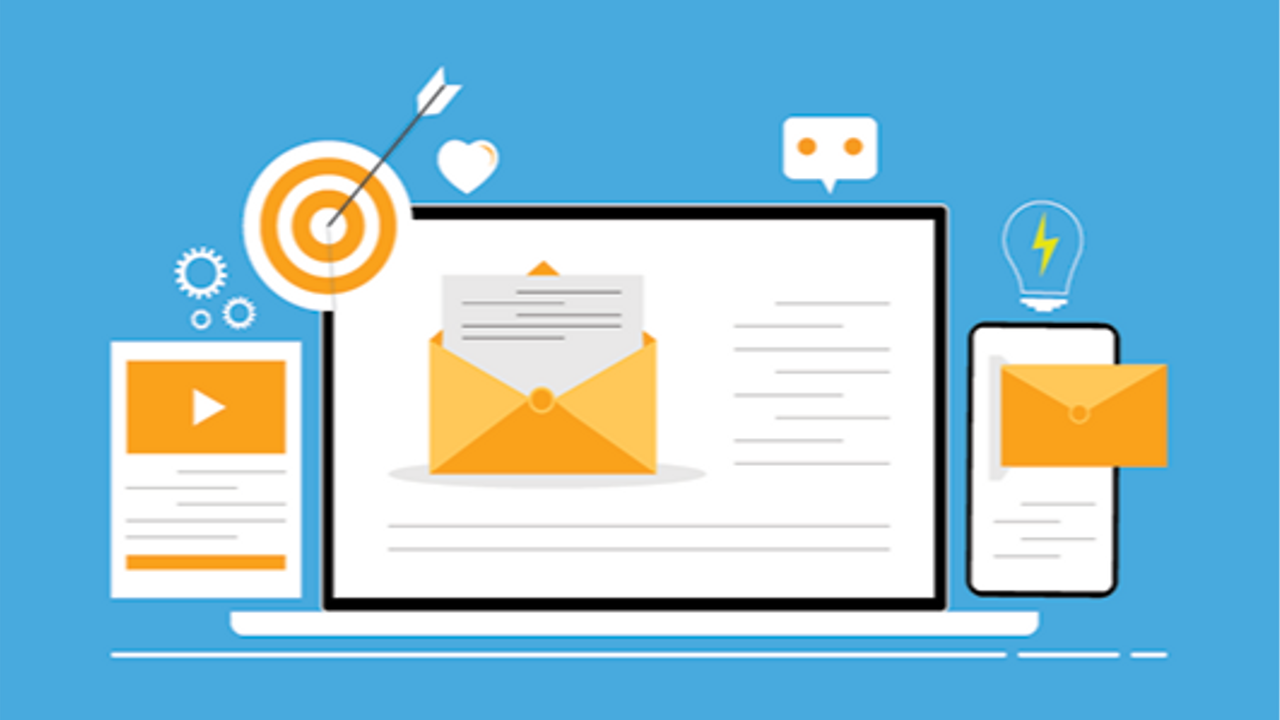Email marketing is a staple in B2B marketing. With 93% of B2B marketers using email to distribute their content, it is an important part of any B2B marketing strategy. As digital marketing channels become the primary focus for marketing efforts, email marketing basics are key and are a prominent focus for lead generation and lead nurturing.
In our second post of “The Basics of B2B Marketing” blog series, we highlight all things email marketing and provide you with a few essential tips and tricks. And in case you missed our first blog in the series, check out “The Basics of B2B Marketing: Buyer Personas”.
Build A Target List
To send emails, you need to have contacts to send them to. Without a list, your email marketing efforts can’t get started! So, how do you start creating and establishing an email marketing list? While there are a few options to get your list-building efforts going, your website plays a big part in this. Much of your audience get to know your company and brand because of your website. You can use your website as an opportunity to convert visitors to leads and valued contacts for your email lists.
There are additional digital marketing efforts that you can utilize to help establish and grow your email list. For example, you can use social media and paid ads to get people to sign up for your lists or even promote a blog that has a newsletter call to action (CTA).
Define Email Objectives
Email marketing is important, but what does email mean for your company? While every organization is different, it is critical to be able to define goals and set objectives for your email marketing efforts. These will guide you in what types of emails you send and to what audiences. The types of emails can vary from sales generation (an email with special offers), to lead nurturing (an email or newsletter with educational / thought leadership focused content) or product education (product tips and tricks emails).
Once you have a plan and determined what type emails to send, then you can set a cadence for frequency to ensure consistency of communications. Figuring out a schedule that aligns with your goals can help elevate your marketing efforts and achieve your overall business goals.
Determine Email Content and Design
Email content and design are what make up the email. What you put in the email and how it looks can say a lot about your organization. Depending on the type of email that you are sending can largely influence what content and design elements are included. But, some elements are universal to include throughout all types of sends such as:
- Consistently highlighting the key messages of your organization
- Using brand identity elements throughout all marketing/sales efforts including valuable, informative and relevant content
- Using clear call-to-actions (CTAs) that include something of value to the reader
Leverage Automation
Sending emails out one by one is not ideal and can be extremely time-consuming. This is where email automation can come into play and help the email send process as well as provide valuable analytics on email performance. Email platforms can provide email automation among additional marketing automation abilities. Rather than sending emails manually, you can preload the content, upload or select the contact list and schedule the email when you want. Timing of your email sends is also important and for tips on when you should be sending your emails, check out “The Essential Checklist for Better Marketing Emails”. Email marketing is just one of the key components of B2B marketing. Marketing Pro Series courses are designed to guide your organization in creating customized actionable plans that yield results. Check them out to see how you can elevate your marketing game and generate revenue.

